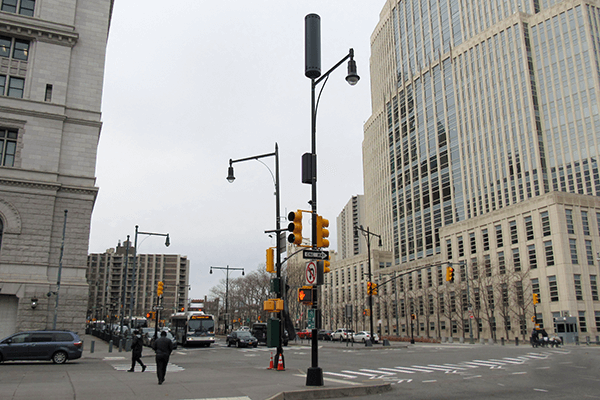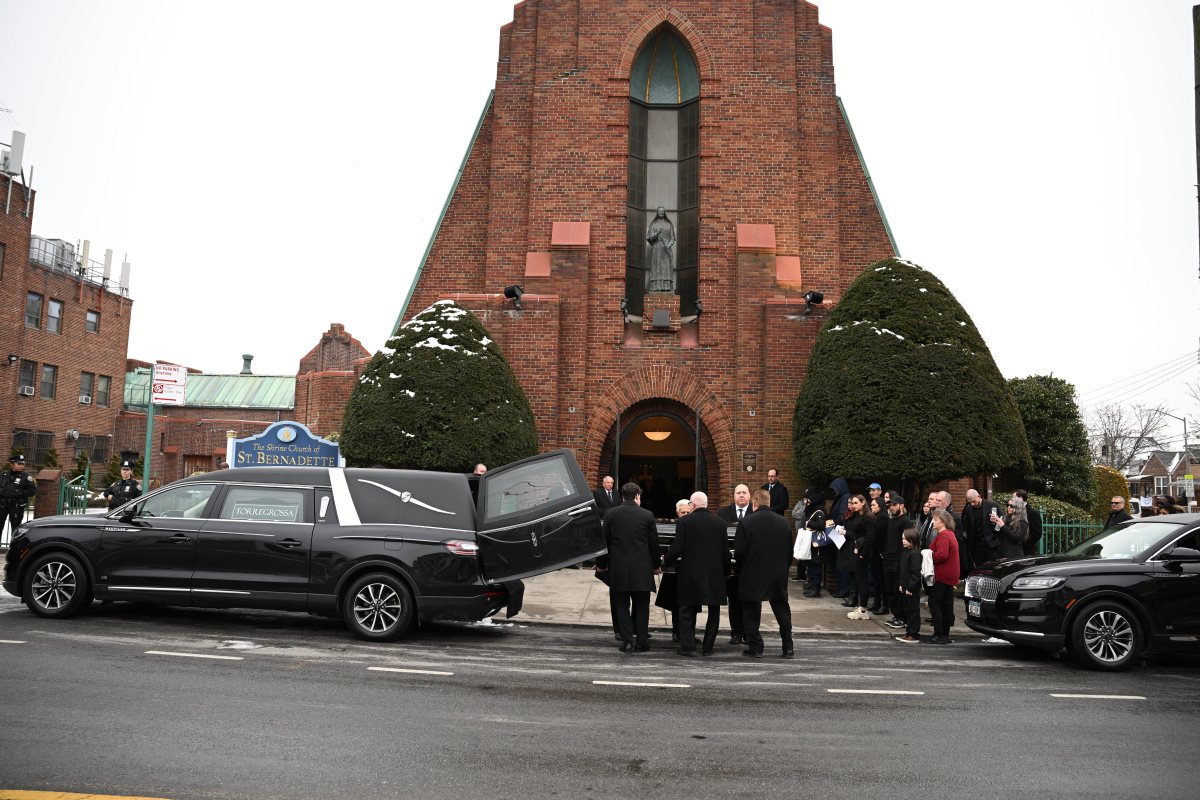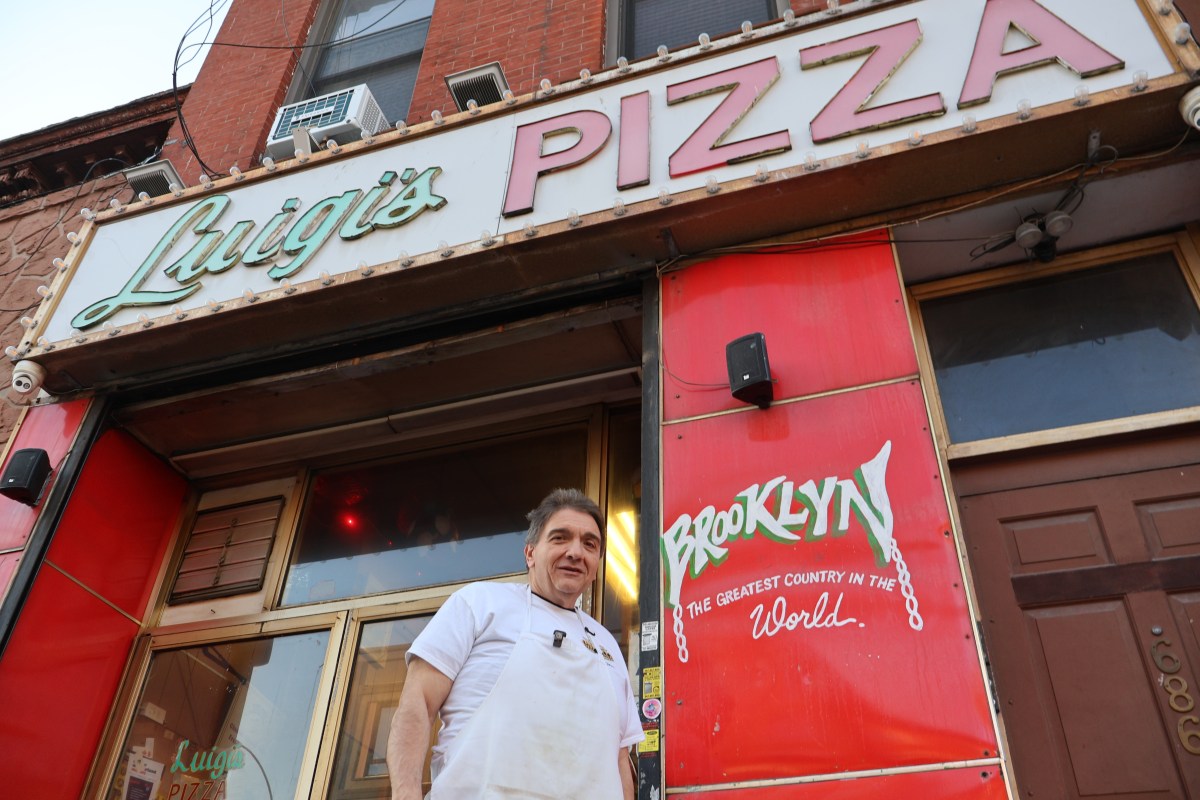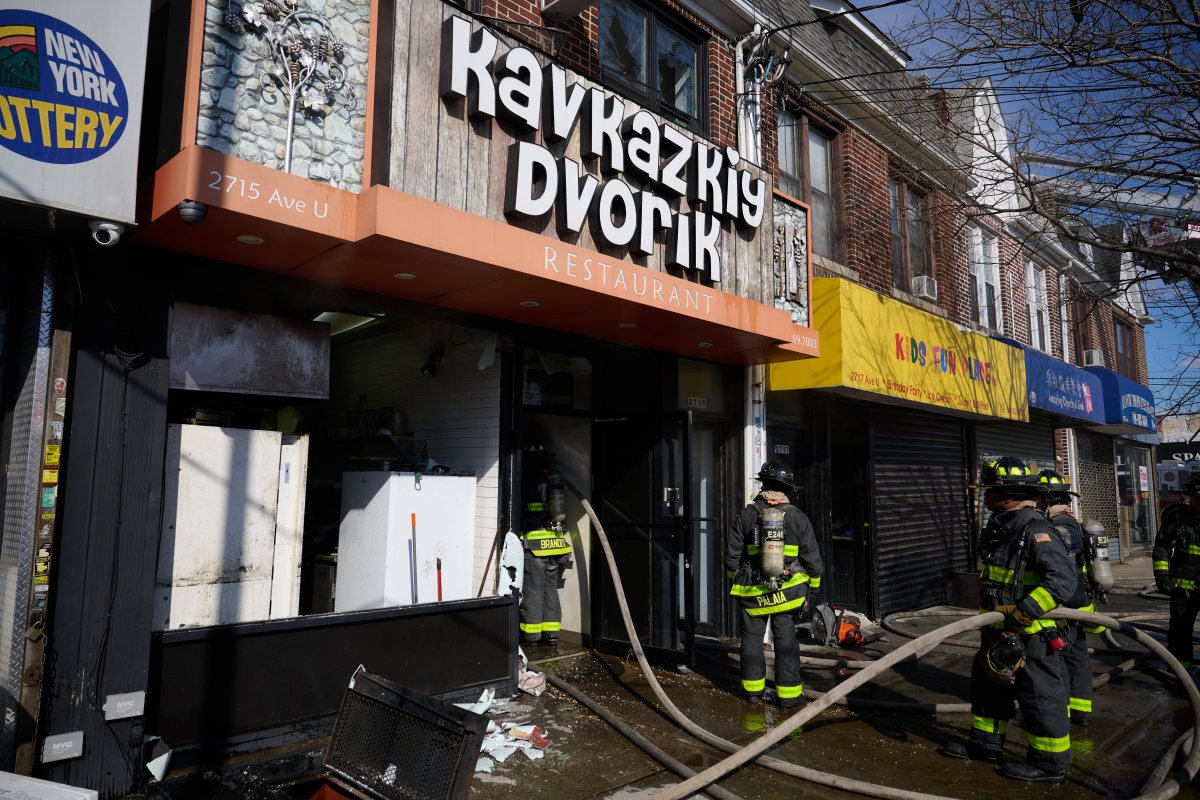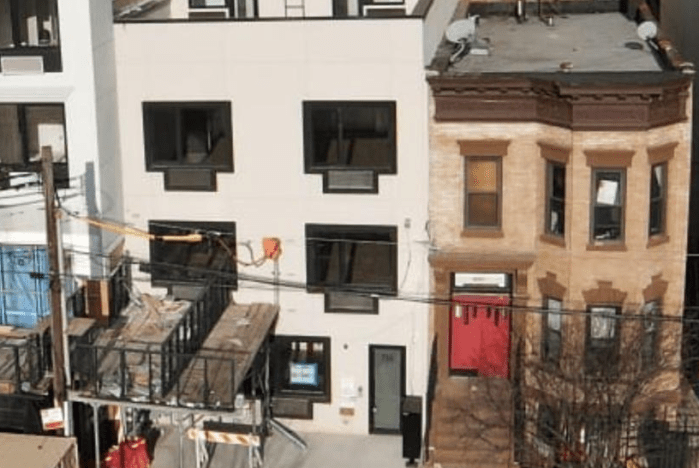Former Mayor Bill de Blasio promised that 2021 would be the “Year of 5G” — a period in which he would make thousands of New York City street poles available for new mobile technology.
It ended up being the year of one pole.
There is exactly one example of a fully installed 5G node that exists on city-owned infrastructure to this day, according to telecom industry sources. Despite de Blasio’s promise to embrace the new technology, the city has so far only approved a handful of other locations for installation.
The source of the delay, a telecom insider told amNY, is the Department of Transportation, which is responsible for the city’s street poles and has stalled on approving mobile providers’ request to begin construction of the cellular nodes.
In order to implement the technology 5G, or fifth-generation wireless technology, in New York City, wireless carriers like Verizon, AT&T and T-Mobile will need to install wireless antennas, or cellular nodes in central locations. Some companies have already started building out 5G nodes on private rooftops, but to make the new tech ubiquitous, mobile carriers say they need to use light poles and other city-owned infrastructure.
During his State of the City speech last year, de Blasio vowed to kickstart an effort to expand internet access across the city, pledging to open up 7,500 new light poles and other city locations opening to installers for the 5G equipment. The equipment will be separate from the thousands of 3G and 4G cellular nodes that companies have installed on city property over the past decade.
The city allowed telecom companies to place reservations on hundreds of street pole locations, and last summer it approved a standard design to house 5G nodes from multiple wireless carriers. Telecom companies have had to pay to keep reserving their spot on poles around the city, but when they started seeking to start construction, the DOT, which is in charge of granting approvals for street projects, delayed the process.
“The DOT really did not want to play ball. They did not want to work with the carriers that can scale this, and quite honestly, that the de Blasio administration never really went and forced the issue. So 5G on the street furniture has been really at a standstill for 20 months now,” said the telecom insider, who asked for anonymity to avoid being penalized by regulators.
So far the pace of 5G installation has not noticeably changed under the Eric Adams administration, the source said. Though Adams campaigned on a bid to raise New York’s profile as a global tech hub, encouraging cryptocurrency startups and other new tech businesses, the DOT under his tenure hasn’t sped up the installations. Telecom companies are hoping that Adams will connect the 5G rollout with this message.
A City Hall spokesperson said that The Office of Technology and Innovation and DOT are working to streamline the installation approval process, and pointed out there are a dozen locations that have been greenlit and are awaiting installation.
“Enhancing 5G networks is a priority of the Adams administration, and we will continue to work with the franchisees to deploy 5G on poles throughout the City,” said the spokesperson
The dozen locations that have been approved is a far cry from the hundreds that mobil carriers would like to be installing. The telecom industry source said that together the industry has not been able to invest an estimated $200 million into 5G upgrades due to the delays.
If the new mayor is able to speed up the 5G rollout, there remains another problem for telecom companies: many of the most valuable street poles are off the market.
Street poles at intersections are the most useful for 5G nodes because they get visibility in multiple directions However, a federal judge found that the vast majority of the city’s street intersections lack of proper signals for blind and sight-impaired people in violation the Americans with Disabilities Act and ordered city officials to install more than 9,000 accessible pedestrian signal (APS) devices last December.
As a result of the ruling, the city has not allowed the APS-affected intersections to be reserved for 5G installation. Telecom companies are also hoping to partner with the city and launch a plan to install 5G nodes as the DOT installs the new APS signals over the coming years.



